How to Study Talmud and Love It? A Fascinating Interview with Rabbi Yosef Bindman
When Rabbi Yosef Bindman saw the challenges faced by young students learning Talmud, he decided to tackle the issue and find an easy and straightforward method. So how can one study the Talmud, understand, and enjoy it?
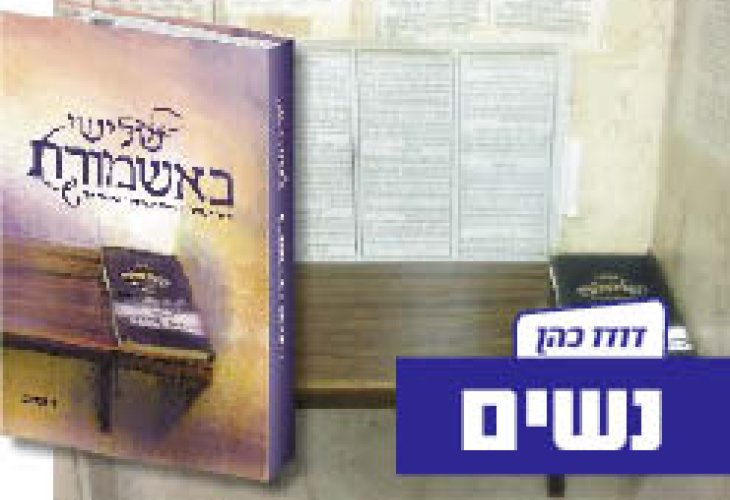 (Photo: Private Album)
(Photo: Private Album)Many professionals and researchers over the years have shown that the straightforward and sharp method of studying a page of Talmud helps provide intellectual tools for those who engage with it. By continually delving into the Talmud, which has a unique and sophisticated way of thinking, the learner acquires its logical and thinking tools. The wisdom of the great sages of Israel throughout the generations comes directly from studying the Talmud, which gave them the ability to understand and advise on various topics, from economics and business to health and medicine.
Studying Talmud sharpens the mind, and when mastered, it becomes fascinating. But what about young students who get lost in the sea of Aramaic words? Educator Rabbi Yosef Bindman decided to take on the challenge and provide students with tools to understand the structure of the Talmud and love the study.
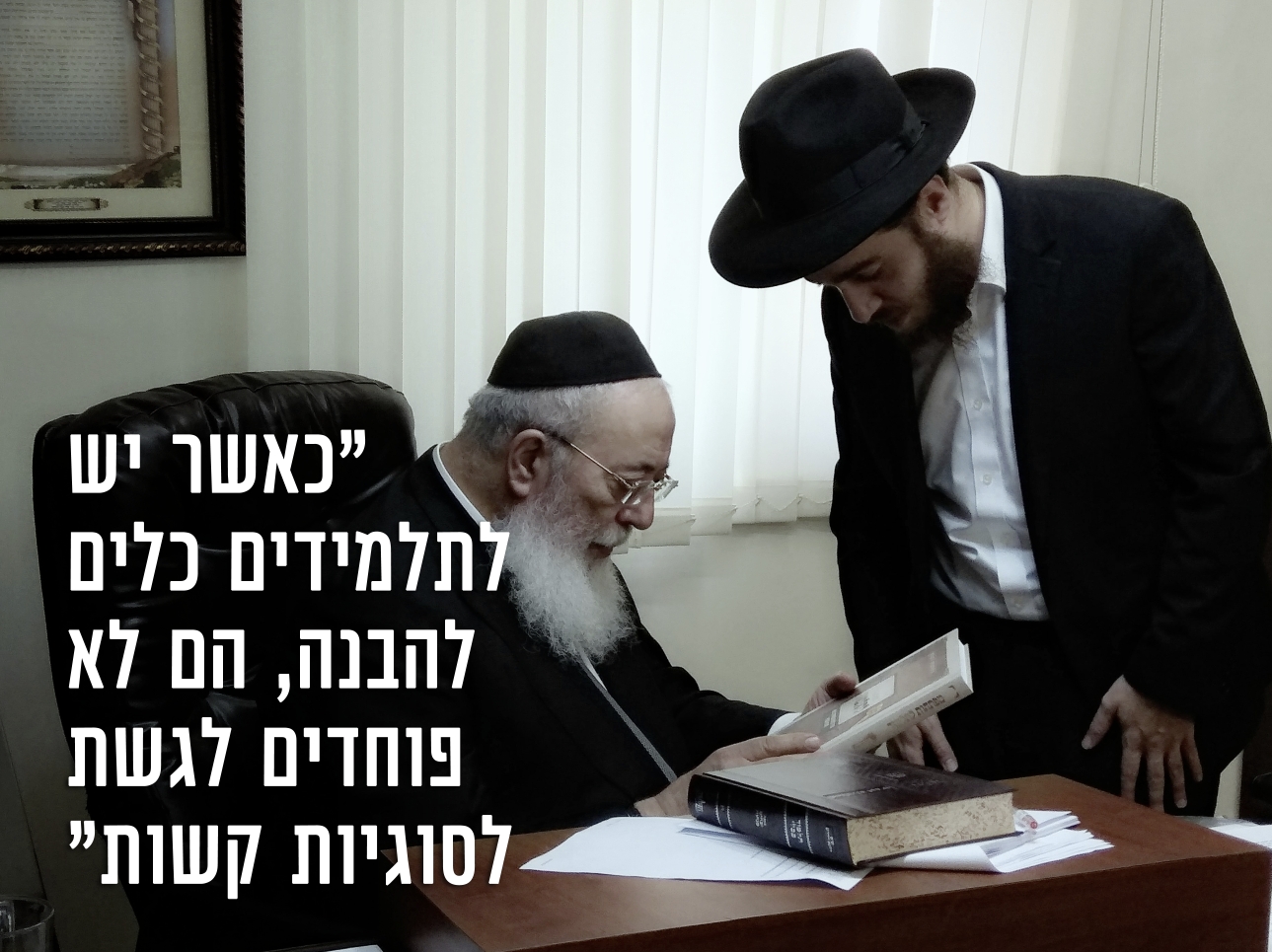 (Photo: Private Album)
(Photo: Private Album)Not long after starting in education, Rabbi Yosef Bindman realized the challenge faced by young Talmud learners: "I saw talented and charming children drowning in the sea of Aramaic words, lost among the debates, theories, and questions. Such a situation, where a student struggles to understand the structure of the Talmud, can lead to a break from study and eventually to dropping out of yeshiva. Having experienced this difficulty personally, I understood the need for a simple method to provide basic tools through which students can grow on their own."
Rabbi Bindman addresses the challenges faced by Talmud learners: "The Talmud is written in Aramaic, a language the students are entirely unfamiliar with. There is some similarity to Hebrew, but to understand the text, one needs a deeper knowledge of the language. Additionally, the Talmud lacks punctuation, so the learner must decipher where a sentence begins and ends, when to place a comma, and when a period is needed. Beyond that, students are unfamiliar with most of the figures described in the Talmud. They don't know how they lived or what they did for a living, who was whose rabbi, and the era in which each lived. This can create an emotional disconnect from the study and a lack of interest in the topics it raises."
The Talmud exposes students to unfamiliar concepts and is written in a unique style. "For a child growing up in our generation, accustomed to instant gratification and everything coming easily, it is not easy to labor and delve into study to find answers to all these questions. What he does not understand here and now may deter him, and patience, effort, and gradual progress are not exactly what he has become accustomed to," explains Rabbi Bindman.
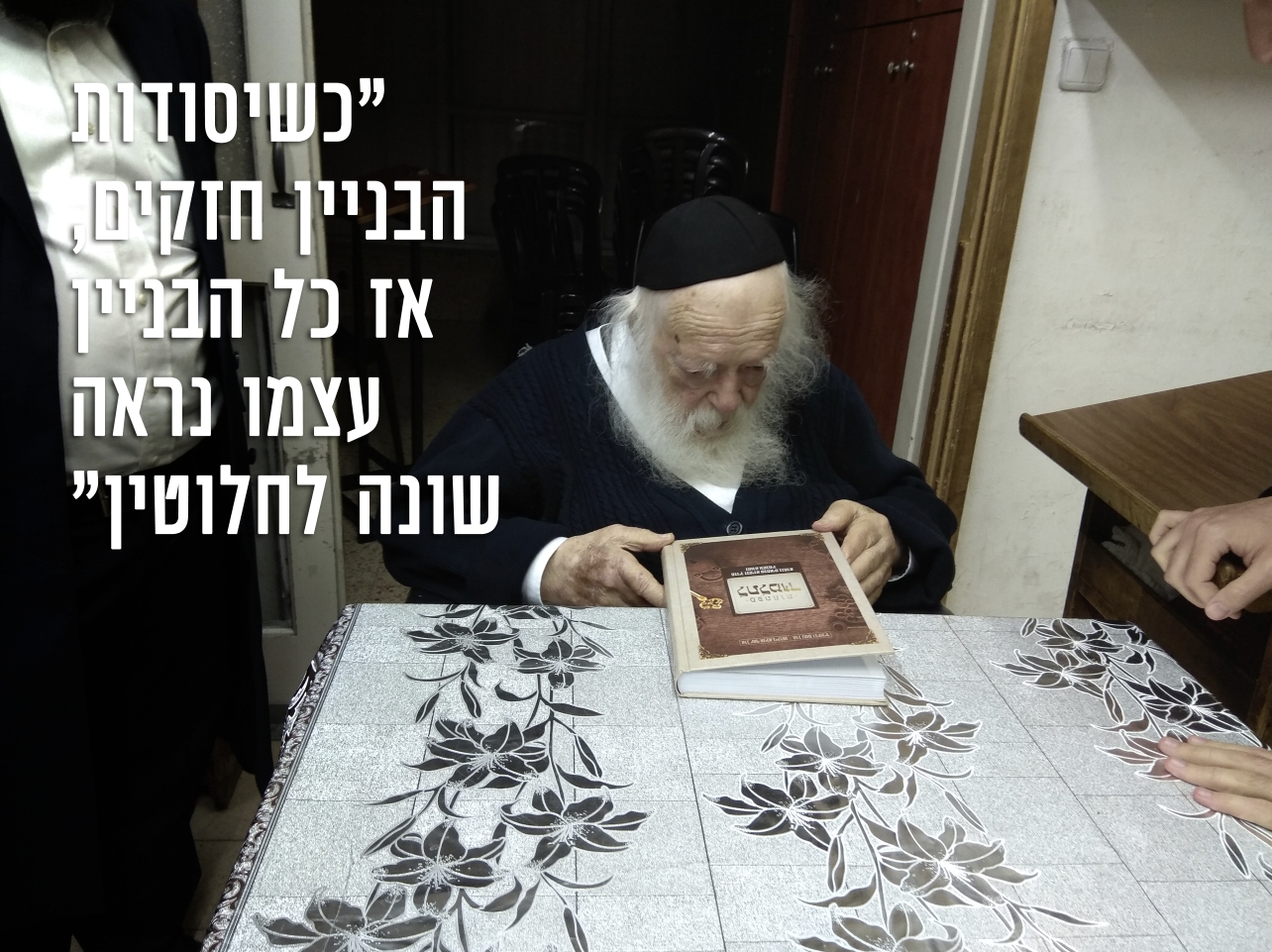 (Photo: Private Album)
(Photo: Private Album)"Many students succeed in understanding the structure of the Talmud and enjoy the intellectual study," adds the rabbi, "but other students work hard and do not always acquire independent learning tools." When a student receives tools for understanding the Talmud, he can control the material and enjoy the challenging and sharpening study.
And how did they manage until today?
"The truth is that books on how to study Talmud have been written for ages," says the rabbi. "I'm not the first to deal with this subject, and it has undoubtedly been raised in various places over the years. Today it screams louder because of the difficulty students face sitting and laboring, as well as the many study difficulties and learning disabilities that have become more common."
Keys to the Talmud
After 6 years of effort and work, much study, and consultation with countless people, Rabbi Bindman, together with Rabbi Nahum Rabinowitz, published his book 'Keys to the Talmud', where he provides practical tools for Talmud study. "I developed these tools based on my experiences with the students and what I saw they connected with," explains the rabbi. "It was important for me to use only simple and easy tools, not to complicate matters, so that eventually the student could approach the Talmud page and study it independently."
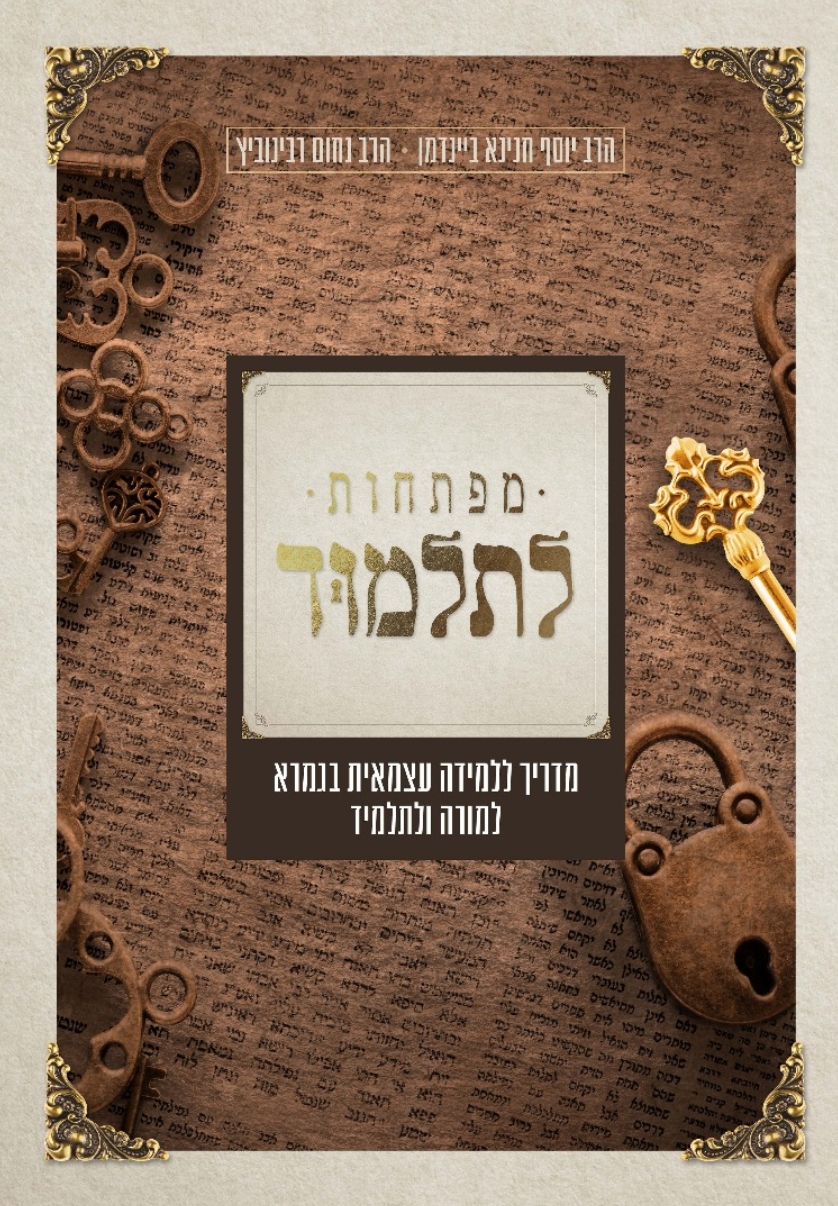 Book cover
Book coverAt the beginning of his book, Rabbi Bindman includes a full chapter on the Tannaim and Amoraim figures. "It's important for us that students get to know them and thus understand many of the contexts in which their words are spoken. For instance, there's a discussion in Kiddushin presented by Rav Huna. Rava challenges the discussion, Abaye resolves it, and Rava Pappa concludes with the law derived from this discussion. The style of Talmud makes it seem like this group sat and debated together in one room, but after learning the history of the Amoraim, it's revealed that each of them lived in a different generation. Rav Huna was in the second generation, Raba in the third, Abaye in the fourth, and Rava Pappa in the fifth. Editor Rav Ashi combined all their opinions into a comprehensive discussion, and when a student understands this, he has much more interest in the material studied, and also understands how the discussion is structured."
Regarding the Aramaic language, Rabbi Bindman provides ten basic and easily graspable rules that help students navigate the language. "For example, the rule of one root for different words," says the rabbi. "If a student sees the word 'zabin' followed by words like 'zabina', 'dzabin', 'zabinan', he's not alarmed, because he's already familiar with the root. There are other rules about interchangeable letters, finding similar words in Hebrew, and so on, which greatly help in understanding the language."
After addressing the recognition of the language and characters behind the discussions, Rabbi Bindman provides tools for understanding the syntax in which the Talmud is written. "The major challenge for students is to understand where there is a question and where an answer is, where a discussion begins and where it ends. To this end, we developed a system of signposts - words that mark the beginning and end of different segments. For example, the word 'itmar' marks the beginning of a debate among Amoraim, and the word 'metiv' indicates a question the Talmud asks from the Mishnah. 'Ela' indicates the start of an answer, and 'ka mashma lan' shows we've reached the end of a discussion. These are simple and graspable tools that give students the ability to control the Talmud's discussions."
If studying Talmud is so difficult for children, why not postpone it for a few more years?
"First of all, it's important to understand why we study Talmud at all. The Rama writes that a person needs to divide his study into three - a third Scripture, a third Mishnah, and a third Talmud. The Talmud contains all these together, so whoever studies it engages with everything. Additionally, the Talmud is the basis for halachic rulings, and it's impossible to arrive at a halachic decision without studying the Talmud's discussion on the subject."
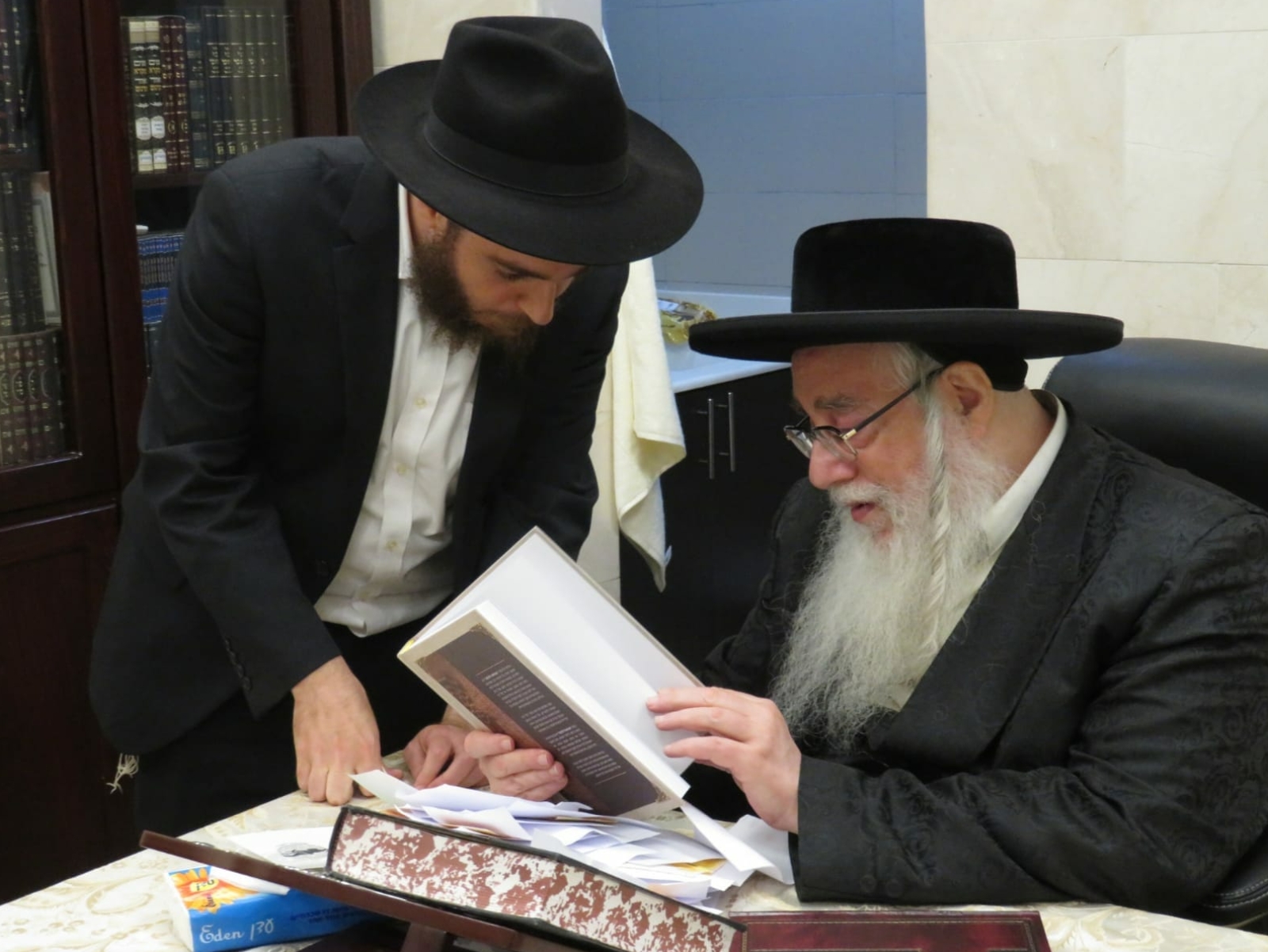 (Photo: Private Album)
(Photo: Private Album)"Regarding children, they start with studying simpler discussions and over time reach the more complex parts, which is why studying from a young age is correct, so they can gradually enter the world of Talmud. It's akin to starting to learn the alphabet at a young age so that later they can read fluently. The real difficulty arises when they reach the higher grades, when some students can no longer keep up with everything going on. The initial discussions also address everyday life topics such as returning lost items, rentals, and damages, but over time they move on to discussions less related to children’s lives, like the laws of marriage, acquisitions, and contracts, and this can create a disconnect between them and the study."
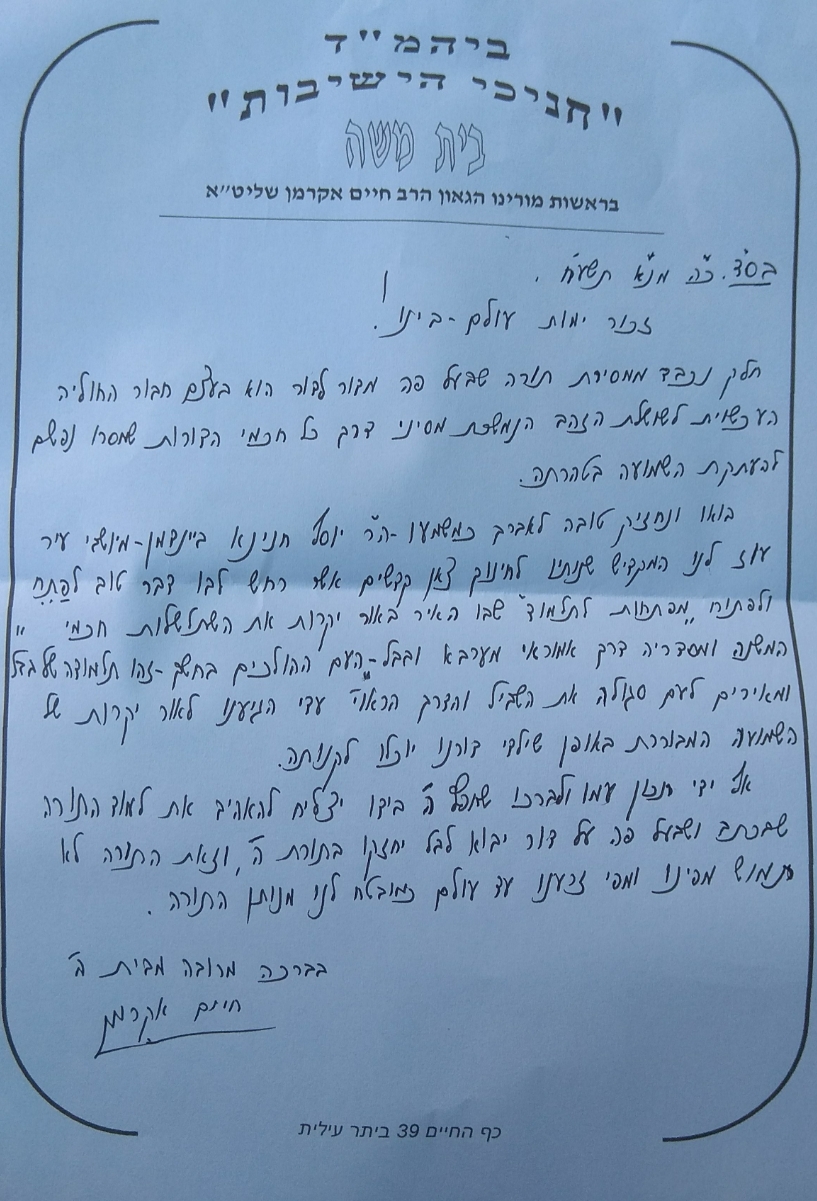
The easy method of study has indeed been widely embraced. "More and more Talmud Torah schools are being introduced to it and are using the simple tools we've created," says the rabbi. "Personally, my students, who have already moved up to a small yeshiva, came to the Talmud Torah where I teach and reported they see a vast difference between their level of study and that of students from other places. They are not afraid to approach difficult discussions, they know how to translate the words, and they succeed in punctuating the discussion correctly. Their connection to the material is also greater because they have become accustomed to being active participants in the study, and this has created interest in them."
"There is no doubt," Rabbi Bindman concludes, "that when the building's foundations are strong, the entire building looks completely different."

